SGGP
On October 23, the Latin American and Caribbean Climate Week (LACCW) opened in Panama City, Panama, to find solutions to address challenges from climate change.
Increasing risks
The LACCW initiative is co-hosted with the Government of Panama by the United Nations Development Programme, the United Nations Environment Programme and the World Bank (WB), with regional partners being the Economic Commission for Latin America and the Caribbean, the CAF Development Agency, the Bank of Latin America and the Caribbean, the Inter-American Development Bank and EuroClima.
During the four days of Latin America and Caribbean Climate Week, 3,000 guests, including representatives from governments, local authorities, climate experts and civil society organizations around the world , will participate in more than 200 main events, including discussion sessions and side events providing information on climate change.
The event comes as Latin America and the Caribbean are witnessing a series of extreme weather events. The United Nations predicts that the region will face more natural disasters in the next four decades and urges governments in the region to set up early warning systems.
According to the World Meteorological Organization (WMO), temperatures in Latin America and the Caribbean have increased by an average of 0.2 degrees Celsius per decade over the past 30 years, the highest rate recorded globally. The climate crisis and the recent La Nina phenomenon (La Nina is the opposite of El Nino, is a phenomenon of abnormally cold surface water in the central and eastern equatorial Pacific Ocean - PV), are causing prolonged droughts, leading to reduced hydropower production, reduced agricultural harvests and “unprecedented” forest fires, melting glaciers and storms causing serious damage to people and property. In addition, rising sea levels pose increasing risks to coastal livelihoods, ecosystems and economies.
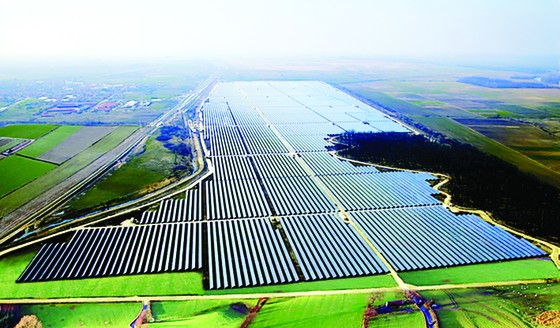 |
| A solar power farm in Brazil |
Promote solutions
A bright spot in the fight against climate change is that Latin America holds the key to many climate solutions, such as mangroves and coral reefs, which act as carbon sinks and natural defences against flooding. The region is home to 60% of the planet’s biodiversity, 50% of its primary forests and 28% of its potential agricultural land.
According to the International Union for Conservation of Nature, up to 37% of climate change mitigation needs could be met with nature-based solutions, placing Latin America and the Caribbean in a prime position. However, to fully realize the region’s potential, experts agree that concerted work is needed to conserve natural ecosystems, many of which are shared by several countries, including the Amazon. To promote climate change solutions, several countries in Latin America are implementing large-scale projects.
According to the Global Energy Monitor (GEM), a non-profit organization that monitors clean energy development, as of January 2023, the solar energy exploitation capacity in Latin America and the Caribbean is 4 times higher than in Europe and nearly 7 times higher than in India. With nearly 250 projects and an expected capacity of more than 19,000 megawatts, in the future, solar power promises to contribute a large part to the electricity supply in Latin America and the Caribbean.
The region’s solar leaders include Brazil, Colombia, Mexico, Peru and Chile. These countries account for more than 88% of current solar power generation and about 97% of additional capacity in ongoing projects.
Source



![[Photo] National Assembly Chairman Tran Thanh Man attends the VinFuture 2025 Award Ceremony](/_next/image?url=https%3A%2F%2Fvphoto.vietnam.vn%2Fthumb%2F1200x675%2Fvietnam%2Fresource%2FIMAGE%2F2025%2F12%2F05%2F1764951162416_2628509768338816493-6995-jpg.webp&w=3840&q=75)

![[Photo] 60th Anniversary of the Founding of the Vietnam Association of Photographic Artists](/_next/image?url=https%3A%2F%2Fvphoto.vietnam.vn%2Fthumb%2F1200x675%2Fvietnam%2Fresource%2FIMAGE%2F2025%2F12%2F05%2F1764935864512_a1-bnd-0841-9740-jpg.webp&w=3840&q=75)




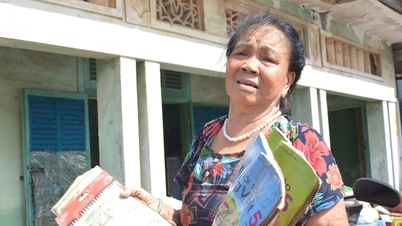

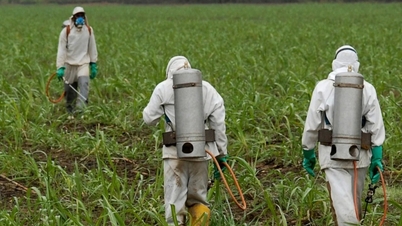

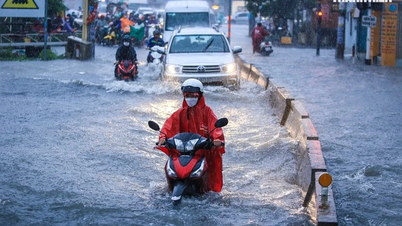

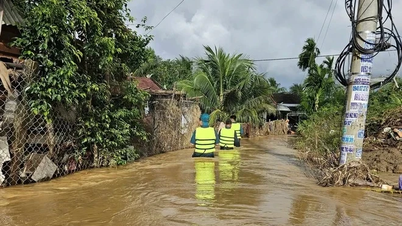

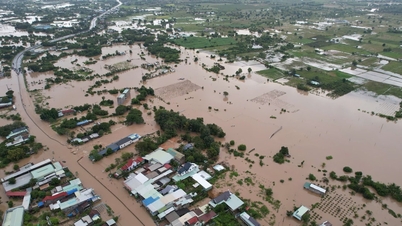






![[VIDEO] Save the Children helps children in Bac Ninh return to life soon after natural disasters](https://vphoto.vietnam.vn/thumb/402x226/vietnam/resource/IMAGE/2025/12/06/1765004276755_cu-u-tro-bn-2-cover20251206131142.jpeg)














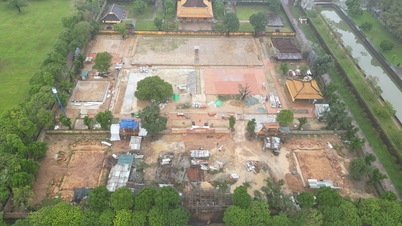




















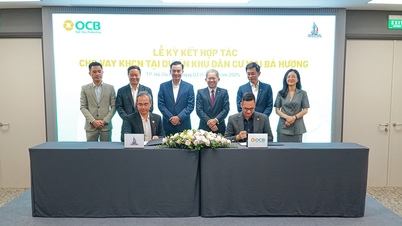
















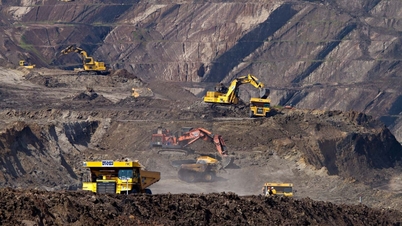











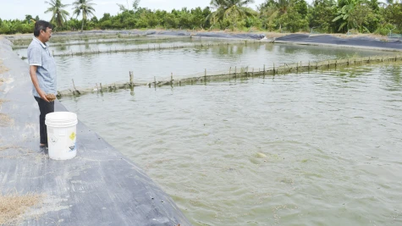

















Comment (0)